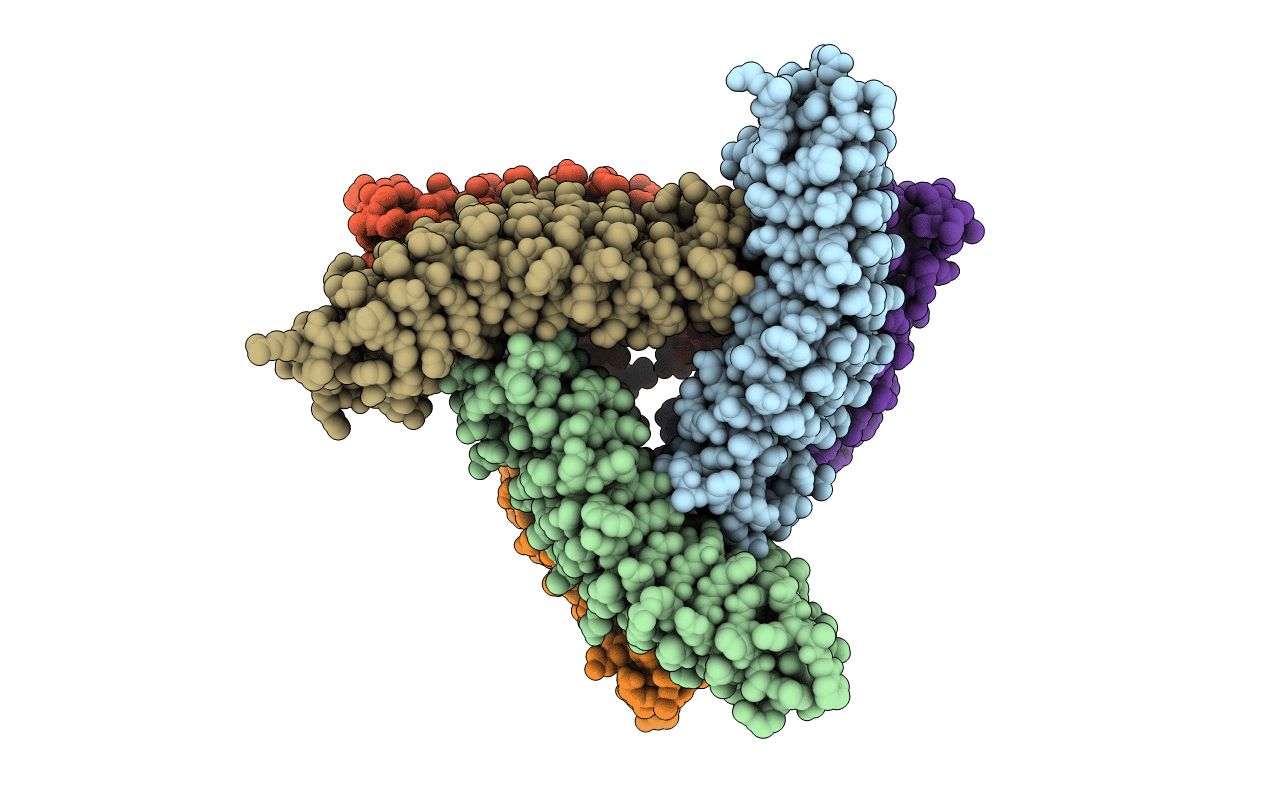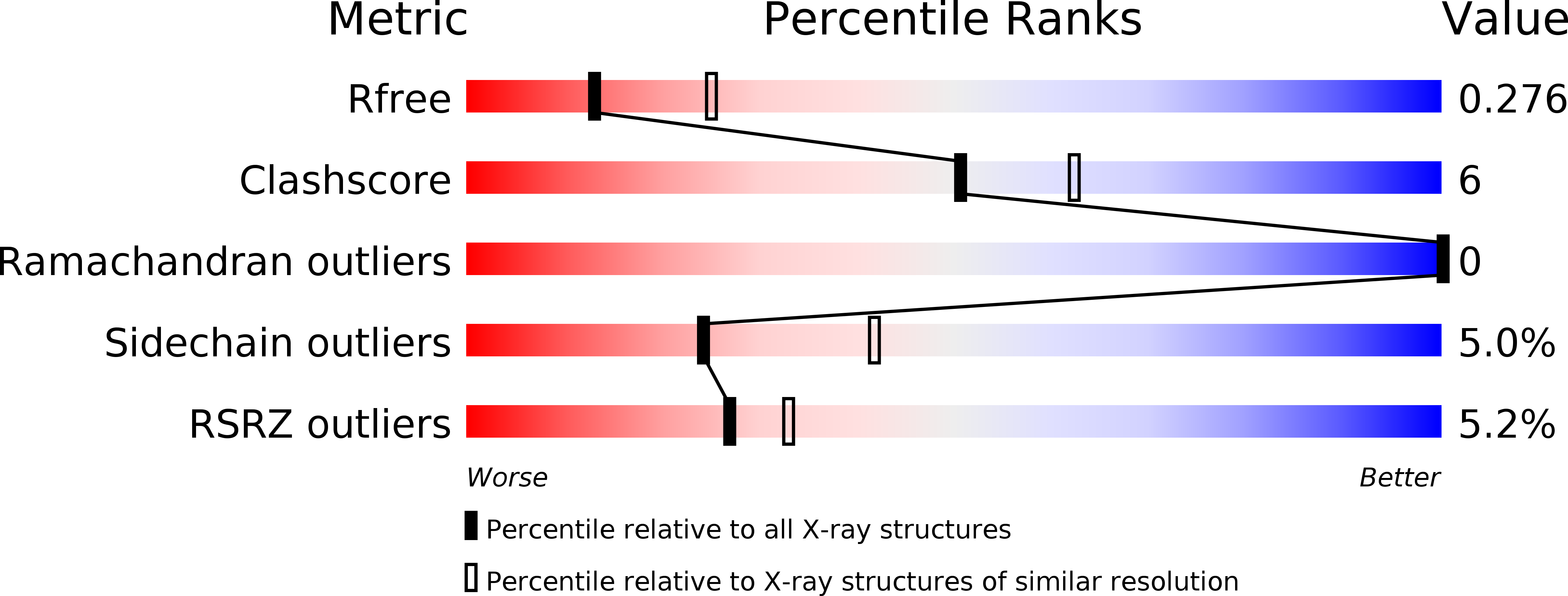
Deposition Date
2013-11-12
Release Date
2013-12-11
Last Version Date
2024-02-28
Entry Detail
Biological Source:
Source Organism:
Host Organism:
Method Details:
Experimental Method:
Resolution:
2.75 Å
R-Value Free:
0.28
R-Value Work:
0.24
R-Value Observed:
0.24
Space Group:
P 42 21 2


